6 Tools to Disable Unnecessary Services & Processes

Maximize your computer’s performance during intensive tasks by using free background process optimizers. These tools help to close unnecessary programs, free up memory, and improve overall speed, making them ideal for gamers and power users.
Free Tools to Boost Your PC’s Performance
No matter how powerful your hardware is, there’s always room to improve performance. When you’re in the middle of resource-heavy tasks, such as gaming or video editing, background processes can slow you down. To get the most out of your PC, use these 7 free tools to stop unnecessary programs and services from eating up your resources.
1. CCleaner
CCleaner is a popular tool for cleaning and optimizing your system. It allows users to remove unwanted apps and services, freeing up system resources.
How to Use: Open CCleaner > Click Tools > Select unwanted apps > Click Uninstall. It lists all system apps, including in-built ones.
Features:
- Easy-to-use interface.
- Health Check for cleaning up unnecessary files.
- Custom Clean for in-depth system cleaning.
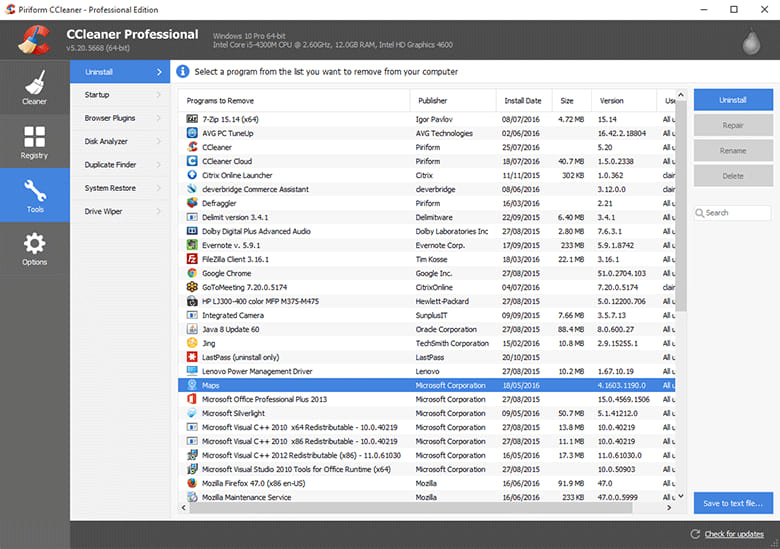
CCleaner Interface
2. Game Booster
Game Booster from IObit optimizes your PC for gaming by shutting down unnecessary background processes and tweaking system settings.
How to Use: Click Start Boost to automatically optimize your system.
Features:
- Stops background services.
- Cleans RAM and clears clipboard.
- Driver updates and game file defragmentation.
Download Game Booster 3.5 Beta | Download Game Booster 3.4
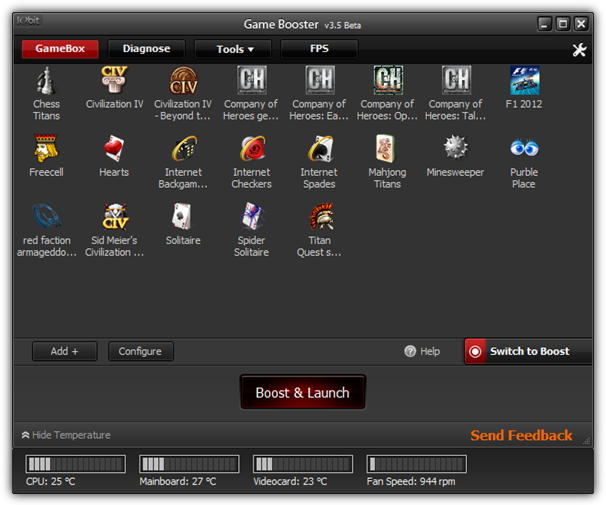
3. AlacrityPC
AlacrityPC helps optimize your PC by shutting down unnecessary processes before running resource-intensive applications. It works using profiles, which you can customize.
How to Use: Choose or create a profile to disable specific processes, then launch the program.
Features:
- Customizable profiles.
- Memory defrag and system optimizations.
- Shuts down unnecessary services.

4. JetBoost
JetBoost is a simple, user-friendly tool for boosting performance with minimal configuration.
How to Use: Click Boost to disable some services, clean system memory, and improve performance.
Features:
- Easy-to-use interface.
- Disables unnecessary services.
- Option to create a portable version.
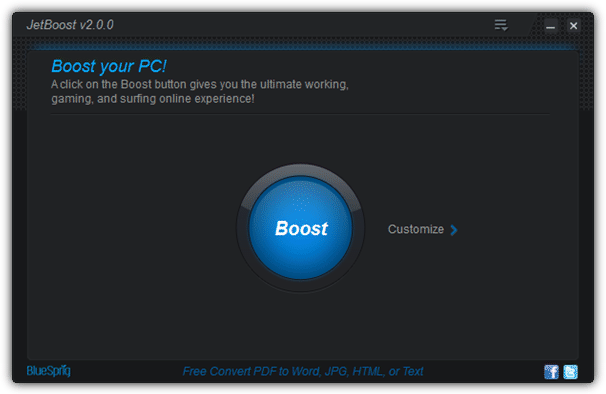
5. ToolWiz Game Boost Free
ToolWiz Game Boost is an intuitive tool that simplifies system optimization by focusing on key processes.
How to Use: Click Enter GameBoost Mode for automatic optimization.
Features:
- Simple interface with no complex configurations.
- Option to defrag game files.
- Disables tasks like updates and Aero Glass for better performance.
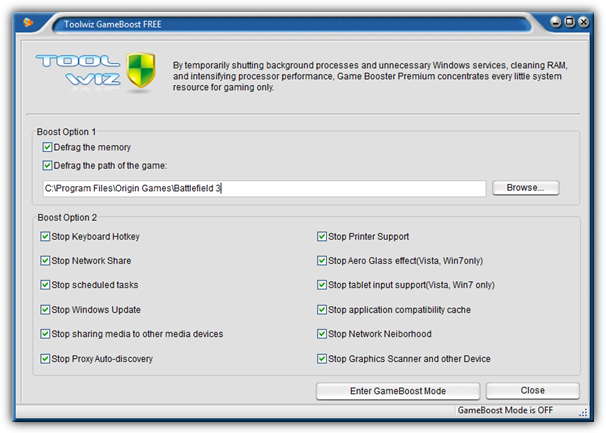
6. Wise Game Booster
Wise Game Booster optimizes system resources by disabling unnecessary processes and services.
How to Use: Click Optimize All for automatic system optimization.
Features:
- My Games tab for quick access.
- Configurable system tweaks.
- Portable version available.
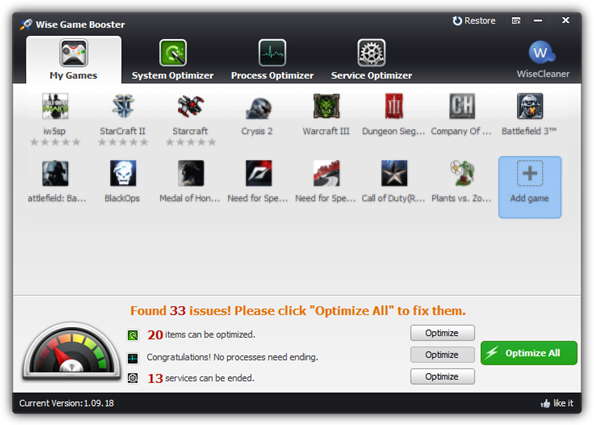
Read more:
- 6 Tools to Permanently Set Process Priority in Windows
- CPU Usage Reducer: Best Tools to Use
- Process Killer for Windows 10: Best Free Software We Tested
- 6 Ways to Optimize or Reduce Memory Usage for Running Programs
Conclusion
These 7 free tools are designed to help you free up resources and improve your computer’s performance during intensive tasks. Whether you’re gaming, video editing, or running heavy applications, these tools will help you get the most out of your system.





User forum
17 messages